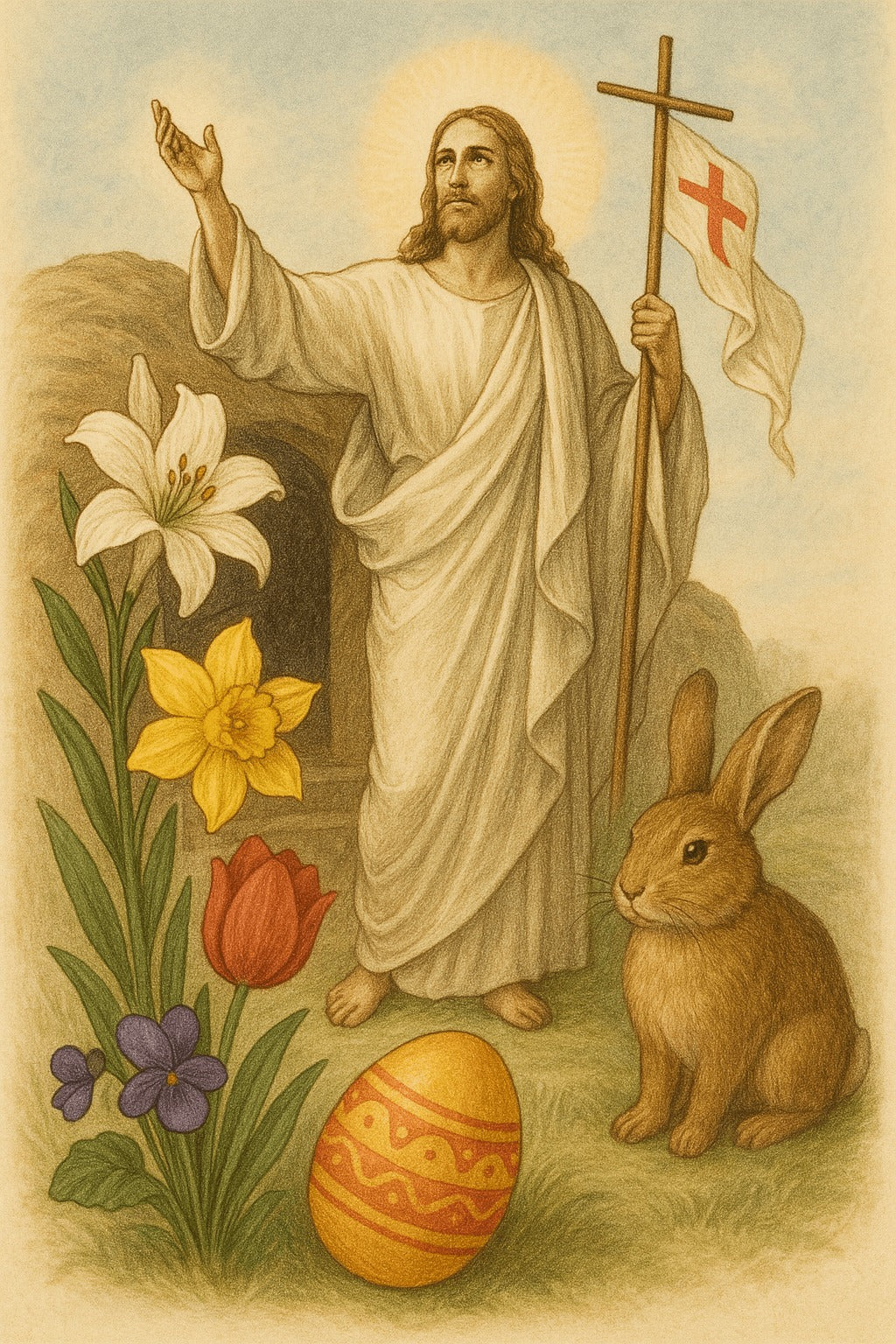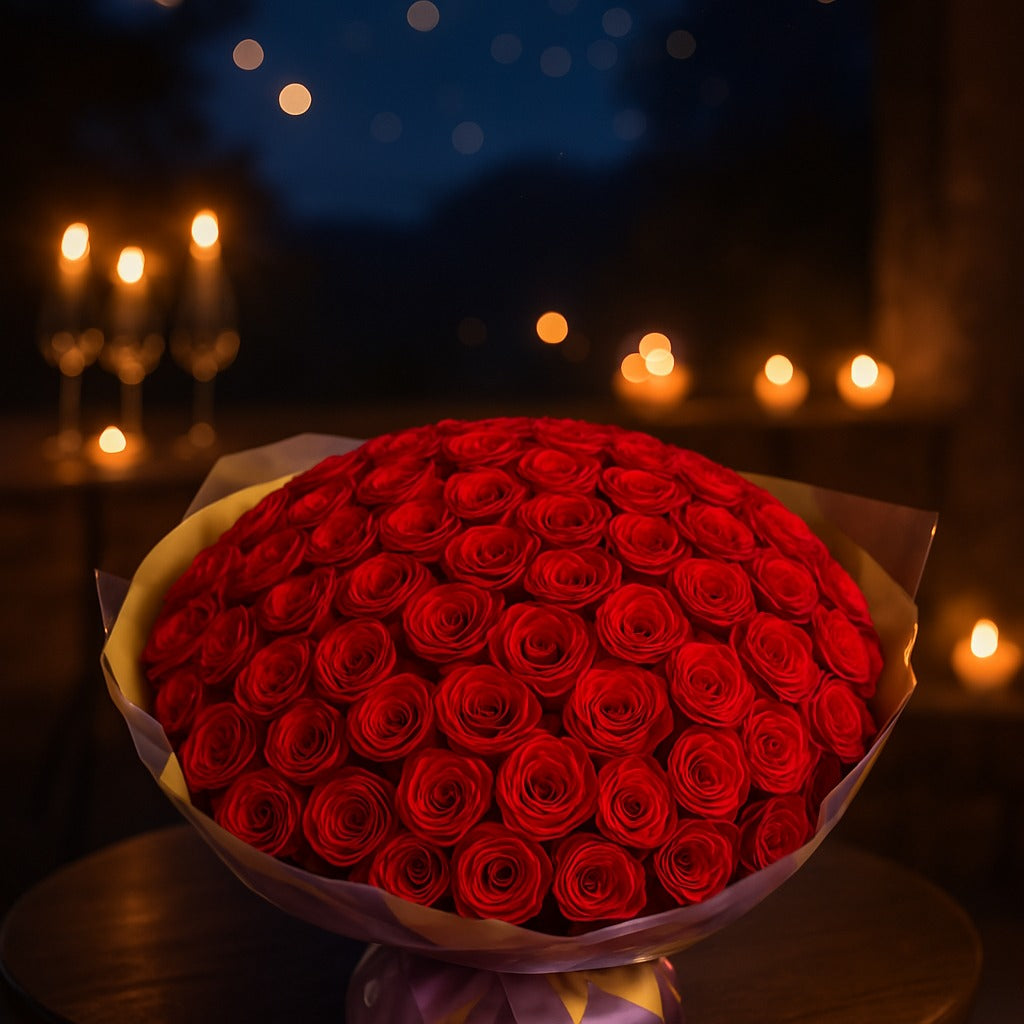
The Symbolic Meaning of Easter and Flowers
According to the Bible, Jesus was crucified on a Friday (Good Friday) and rose from the dead on Sunday, symbolising the triumph over death and the promise of eternal life and hope.
Held during spring, Easter coincides with the season of nature’s rebirth, inspiring many related symbols and traditions—such as Easter eggs, rabbits, and, notably, flowers. Flowers play a particularly meaningful role in Easter festivities. The white lily, also known as the "Easter lily," is the most iconic, symbolising purity, hope, and resurrection. Daffodils, which bloom widely in Europe during spring, represent renewal and hope. Tulips, with their vibrant hues, convey love and the spirit of spring.
Other popular Easter blooms include daisies, violets, and hydrangeas, often featured in festive arrangements and decorations, adding a warm and reverent ambiance to the holiday.
Gifting a bouquet of spring flowers during Easter is not only a beautiful gesture to share blessings and love with family and friends—it also expresses a heartfelt longing for renewal, beauty, and a hopeful future.


